Tree equity in Maryland: Federal funds promote access to green space
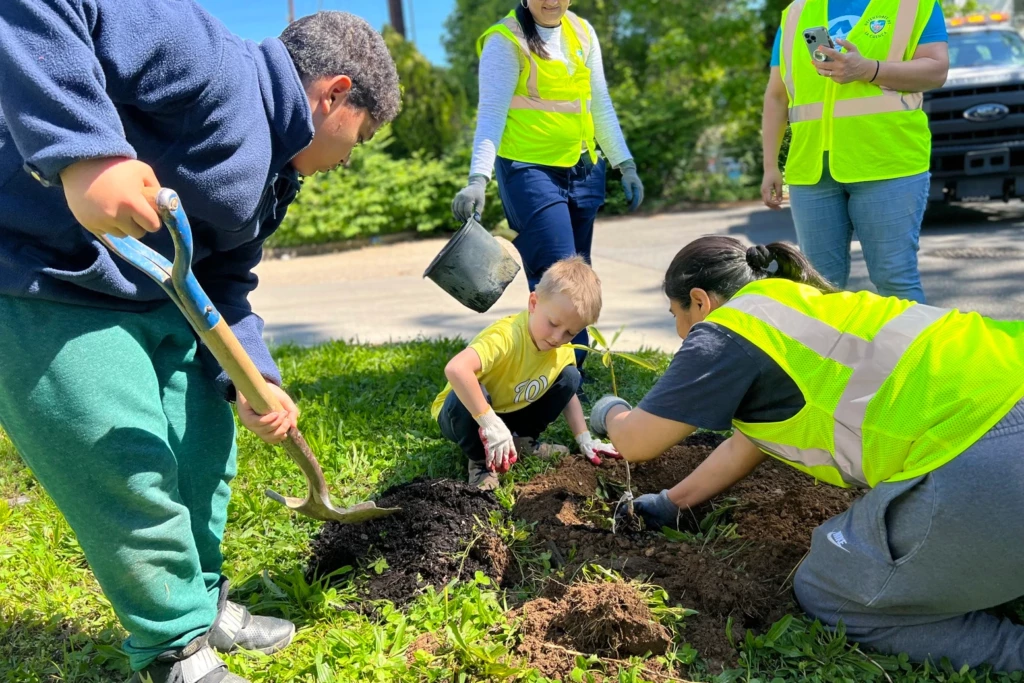
An urban forest is growing in Baltimore, one block at a time.
On an early spring day, a work crew from Baltimore Tree Trust has fanned out along the grassy right of way in Westfield, a neighborhood in northeast Baltimore where ArcGIS field maps show low canopy cover. Clearly enjoying the weather, crew leader Camerio Graves carefully shovels, plants, stakes, and mulches 10-foot Swamp Red Oaks on both sides of Pinewood Avenue.
“On a beautiful day like this we’ll plant 30 to 35 trees,” he said. “They are all over the city.”
This daily routine has guided Baltimore Tree Trust since 2008. The planting is also in response to the Tree Solutions Now Act of 2021, which mandates Maryland put 5 million native trees on public and private lands by 2031. And, late last year the nonprofit was notified it would receive $7 million in Inflation Reduction Act funds from the U.S. Forest Service Urban and Community Forestry Program.
With these funds the project would continue its tree planting, and create a public service campaign across Baltimore on the importance of trees, especially in those neighborhoods most susceptible to climate change.
The Forest Service program will distribute $1.1 billion among 385 projects nationwide, the largest investment to date for urban and community forests. Over $34 million will reach seven non-profits in Maryland.
All federal funding will go entirely to underserved communities, says Nausheen Iqbal, acting assistant director of the Urban and Community Forestry Program. “[A] big part of our mission is to make urban communities livable and resilient, and to ensure that they can withstand the impacts of climate change and to think about how people can access green and blue spaces within their communities,” she said.
Living urban infrastructure
Baltimore Tree Trust focuses its work in underserved communities typically with low canopy cover, which Managing Director Elliot Weidow says line up closely with the pattern of redlining, low home ownership rates, inequity, disenfranchisement, and disinvestment in Baltimore. “Trees are the tool that we can use to try to rectify some of that, [to] plant them for health benefits, focusing on heat, respiratory and air quality issues,” he said.
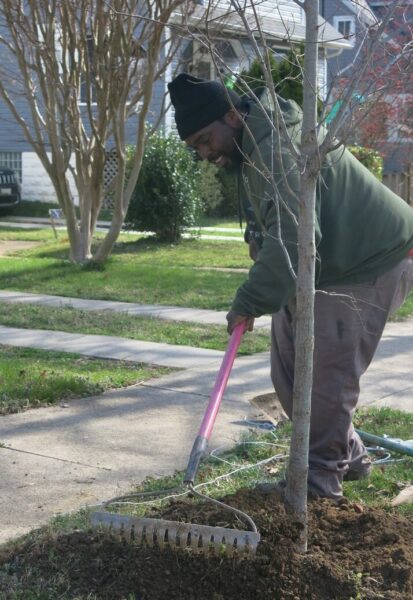
Baltimore Tree Trust crew leader Camerio Graves says in four years on the job he has single-handedly planted at least 1,000 trees, greening neighborhoods across the city. Photo by Rosanne Skirble.
The Trust planted over 3,000 trees in 2023, and expects to plant the same or more this year, which, among other benefits, will grow to shade homes, filter and cool the air, and reduce flooding. Trust Neighborhood Forest Director Gabriela Amaya-Williams says an urban forest is central to city life, most acutely felt when it is missing.
“The streets are about 13 degrees warmer. The sunlight is bearing down. There’s no relief, no reprieve. There’s no shade, no green, no birds, no insects, she said. “[And] you have all these runoff issues.”
Amaya-Williams wants Baltimore residents to value tree cover as critical infrastructure like utilities and roads. “But [trees] they are living things, [and] in the same way that roads need maintenance, our urban forest isn’t just part of the landscape. They require investment and care, and awareness,” she said.
With funding from the Urban and Community Forestry Program, Iqbal expects grantees not only to put more trees in the ground, but also to devise strategies to maintain them. “That those green spaces are withstanding the impacts of heat, storms, all kinds of obstacles that communities face,” she said. “[This] is something we would need to be continually engaged with, and not sort of plant and leave.”
Under the new funding, Baltimore Tree Trust will extend its maintenance plan to care for the trees from two to five years. Weidow says their goal is to is to increase canopy cover to 40% citywide, a nationwide standard for a healthy urban forest. “That would be the bare minimum,” he said. “At 28%, we’re far from that, but moving in a positive direction.”
Latinos defend watershed as ambassadors
The Maryland-based Defensores de la Cuenca or Defenders of the Watershed is the only Latino group east of the Mississippi to receive direct funding from the forestry grant. Its $2 million award will expand its designated tree ambassadors, who like Aracely Vargas are paid to learn and then go into churches, schools, fairs, parks and festivals to educate with a bilingual message on the multiple benefits of trees.
“For me an ambassador is a person who loves nature, who wants to see changes in their community, she said. “At the end of the day, I’m happy because I feel what we’re doing is something that will leave a legacy for our children, for future generations.”
Ambassadors like Vargas are foot soldiers in the urban forest. Defensores director Abel Olivo says it’s through them that change happens. “The idea is to increase tree canopy in areas that are more impacted by climate change, by severe weather, [that] have less tree coverage, have more impervious surfaces, and less access to green space, heat island and health related issues,” he said. “And we Latinos live in those places.”
With the grant, Olivo expects its ambassador corps will reach 100, and will chart a path to plant 5,000 trees where most needed. Defensores also has plans to start a nursery to grow native trees, create jobs and continue its programs that bring Latinos into nature.
Philanthropy model targets environmental justice
The Chesapeake Bay Trust received $17 million or nearly half of the funds granted to Maryland through the U.S. Forest Service program. The non-profit, created by the Maryland General Assembly in 1985, annually awards $20 million-$30 million for education, restoration and community engagement from its sales of Bay license plates and other resources.
With this new federal money, it will establish the Mid-Atlantic Environmental Justice Fund, what Vice President of Programs for Outreach and Education Kacey Wetzel describes as a participatory funding model to give greater access to community groups that in the past have had difficulties competing for grants.
“The Chesapeake Bay Trust is not going to be the decision maker,” she said. “We’ll be bringing those most impacted historically, communities that have experienced environmental injustice, and identify those individuals that we think should sit on the review committees to help score the proposals received.”
Sacoby Wilson of the University of Maryland’s Center for Community Engagement, Environmental Justice, and Health (CEEJH) and Adrienne Hollis of the National Wildlife Federation (NWF) are co-leaders of the Environmental Justice Fund.
“We know that the participatory funding model will be the most effective method to distribute these funds, said Wilson, CEEJH director. Hollis, a NWF vice president adds, “The only way to authentically and durable address the challenges facing historically marginalized communities is if the communities themselves develop and lead the solutions.”
As a pass-through funding operation, Wetzel expects 40-70 grants to be awarded over the course of the multi-year grant “to put trees in the ground, maintain trees, or build capacity for tree work, consistent with USDA [Forest Service] guidelines,” she said.
Other non-profits in Maryland that are included in IRA-directed U.S. Forest Service funding are the Chesapeake Conservancy ($2 million), Civic Works, Inc. ($3 million), Nature Forward ($1.3 million) and Stillmeadow Peace Park and Learning Center ($2 million).
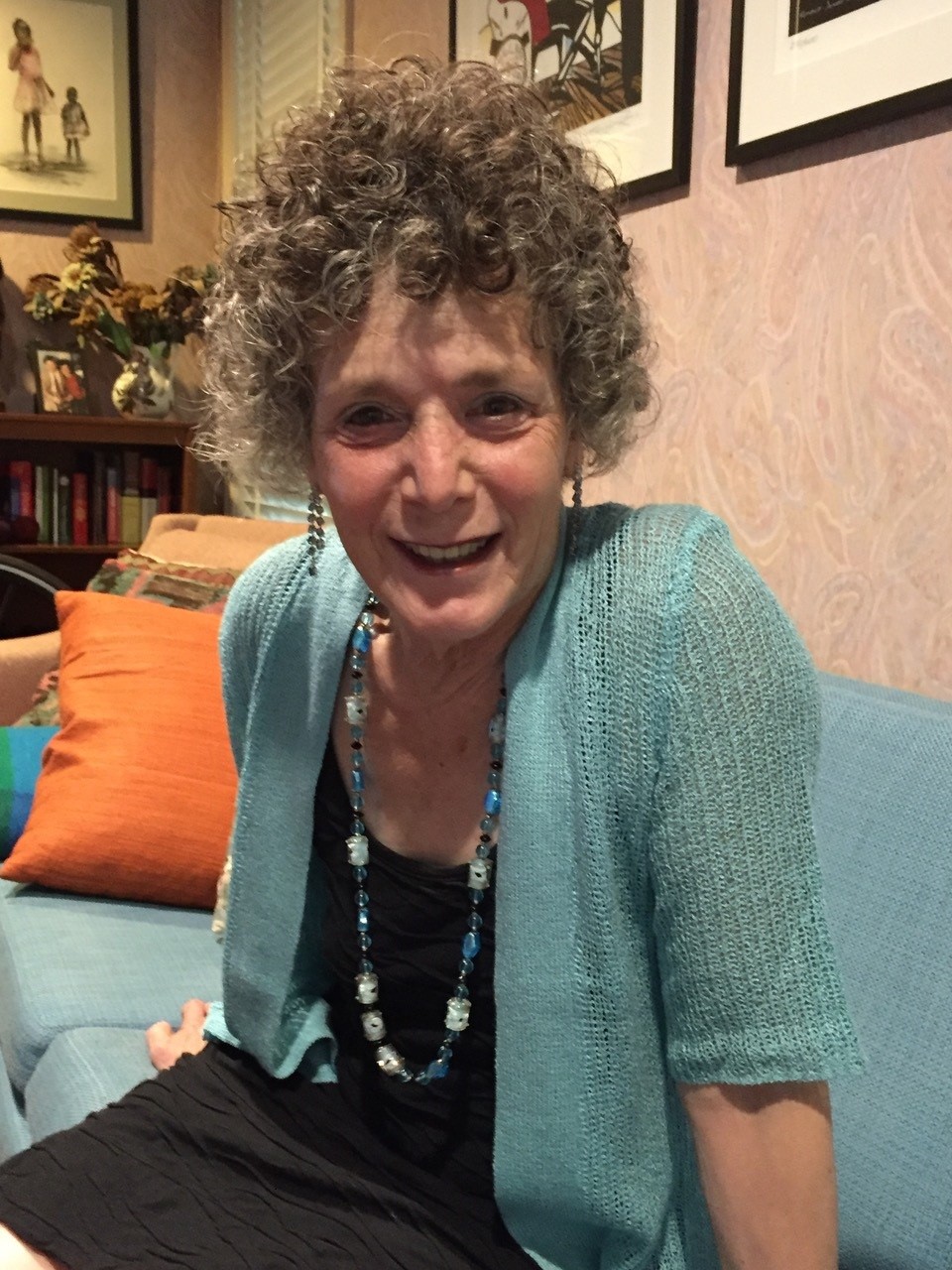
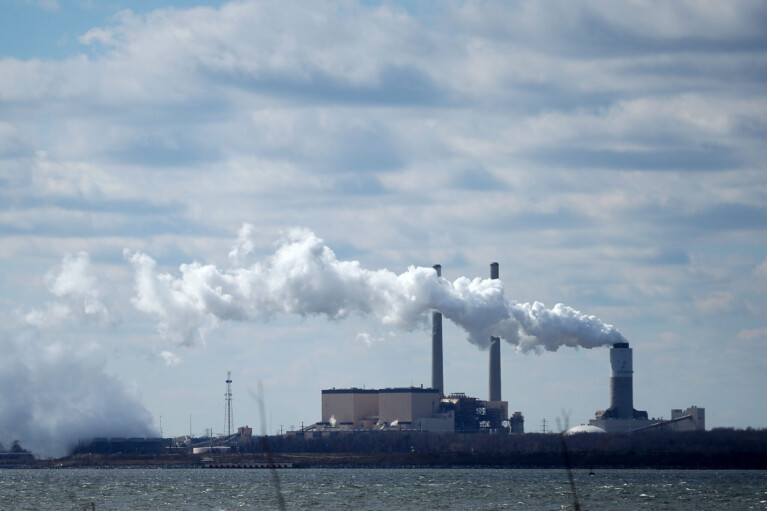
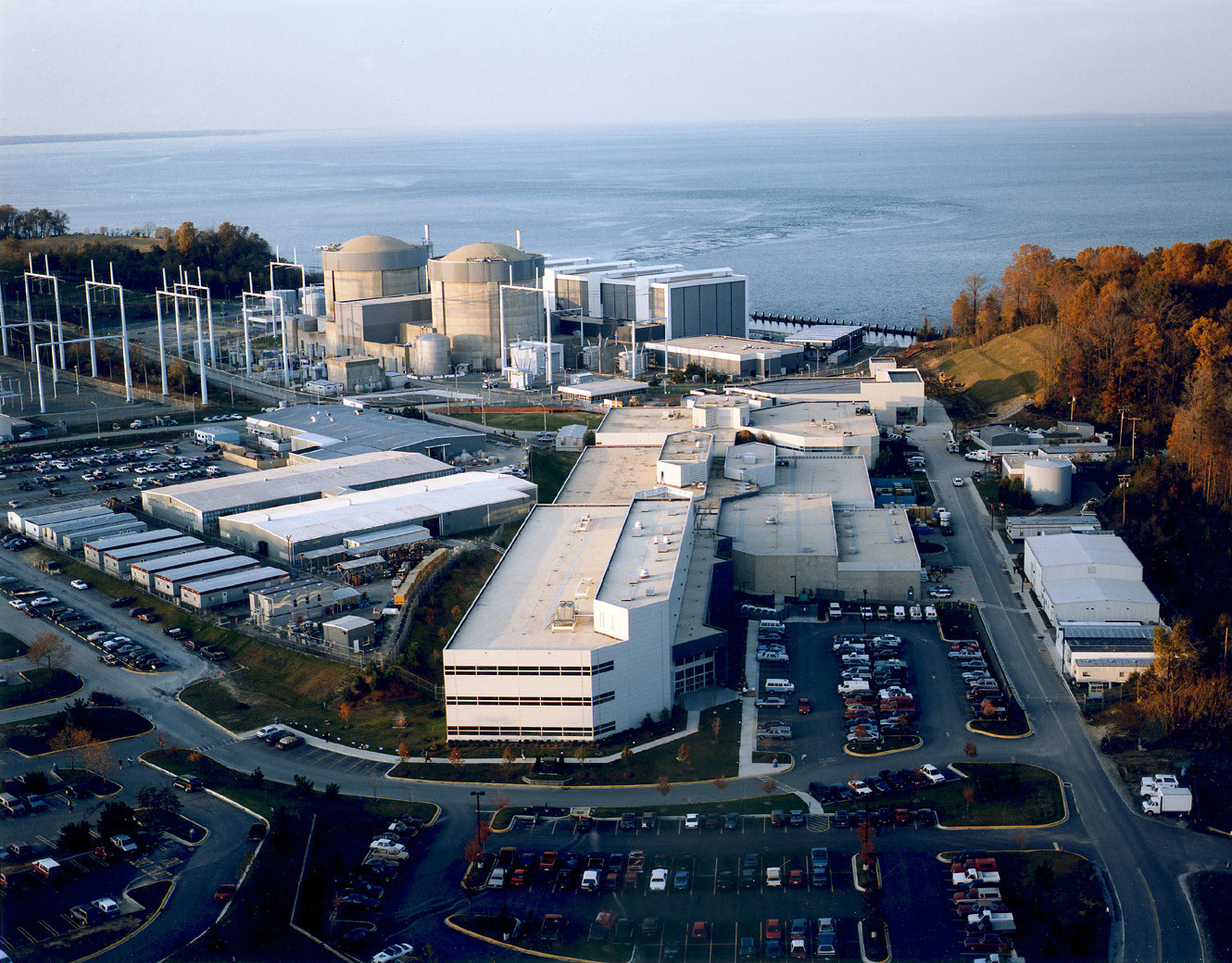
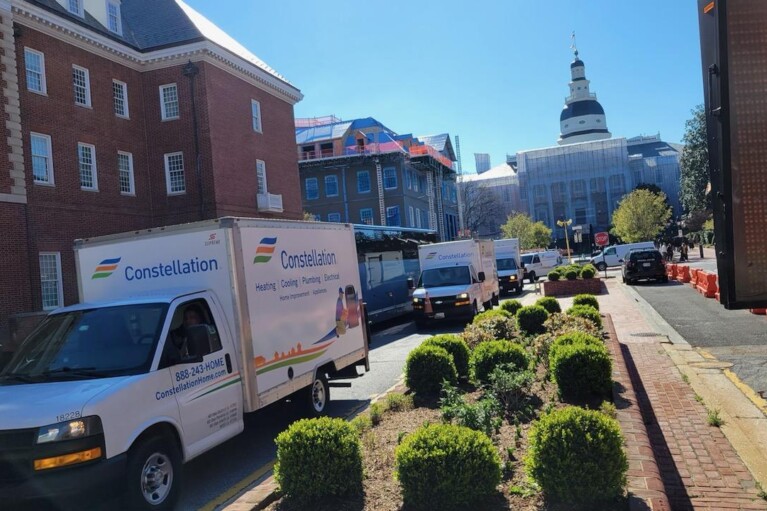
 Creative Commons Attribution
Creative Commons Attribution